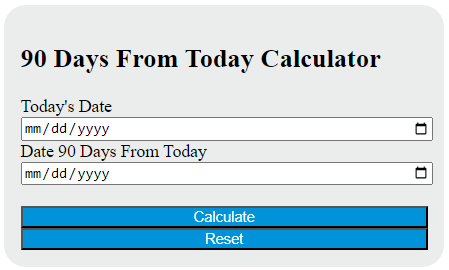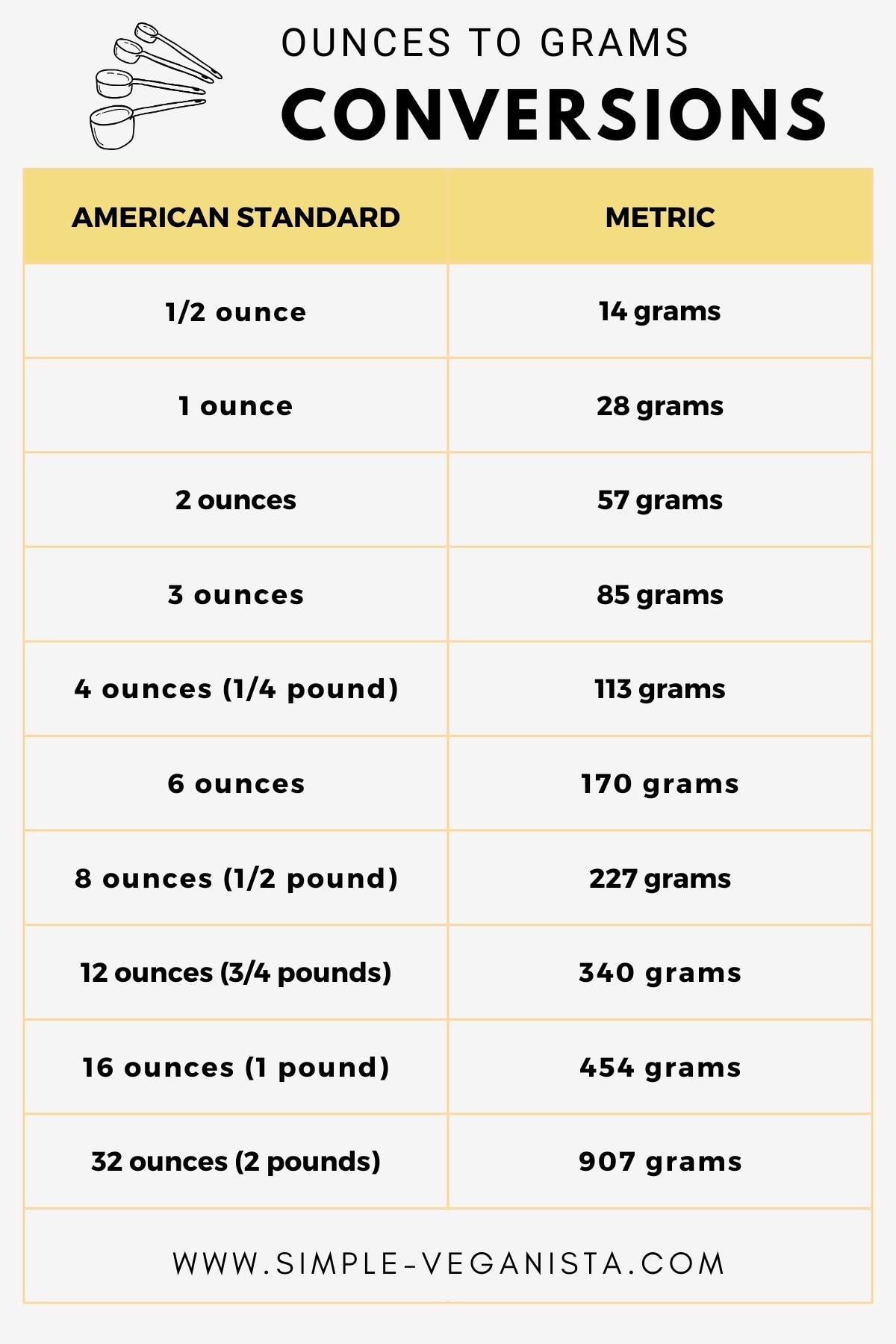Switch PHP Version in MAMP: A Guide
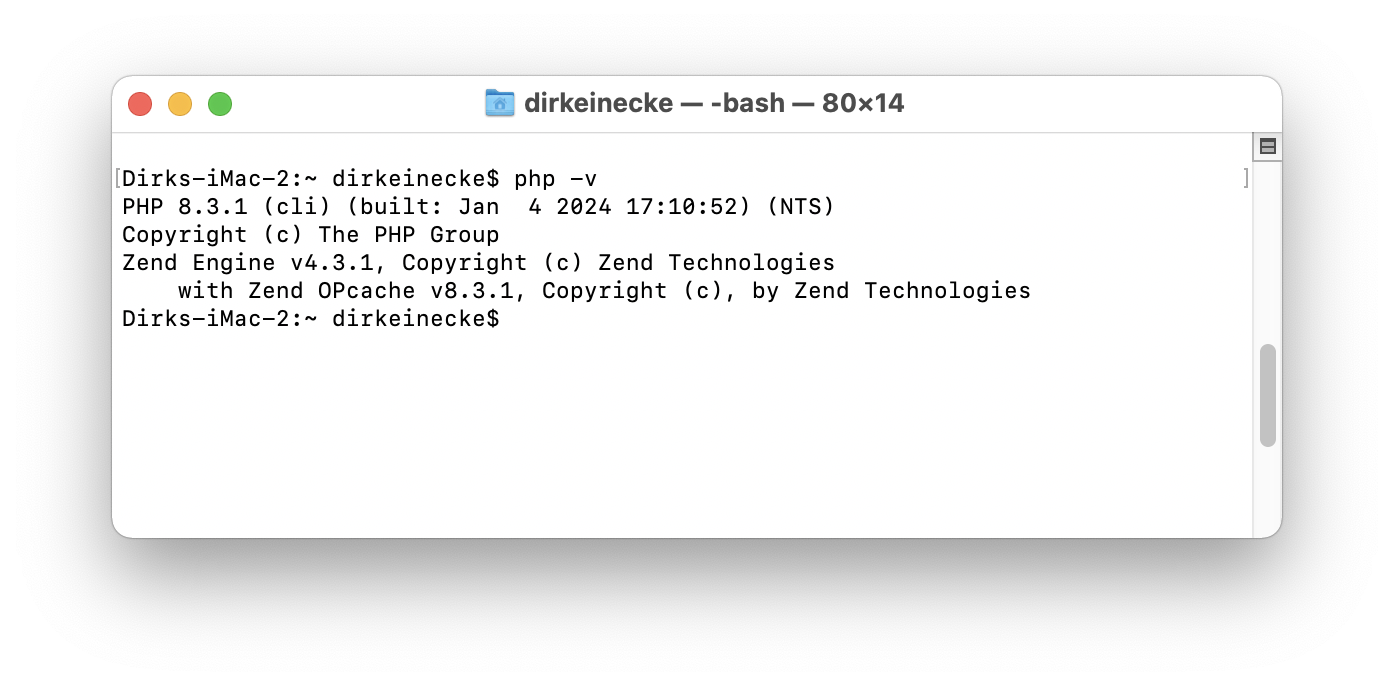
Managing different PHP versions is an essential skill for web developers, especially when working with a local development environment like MAMP. This guide will walk you through the process of switching PHP versions in MAMP, ensuring you can work with the desired version of PHP for your projects.
Understanding PHP Versions in MAMP
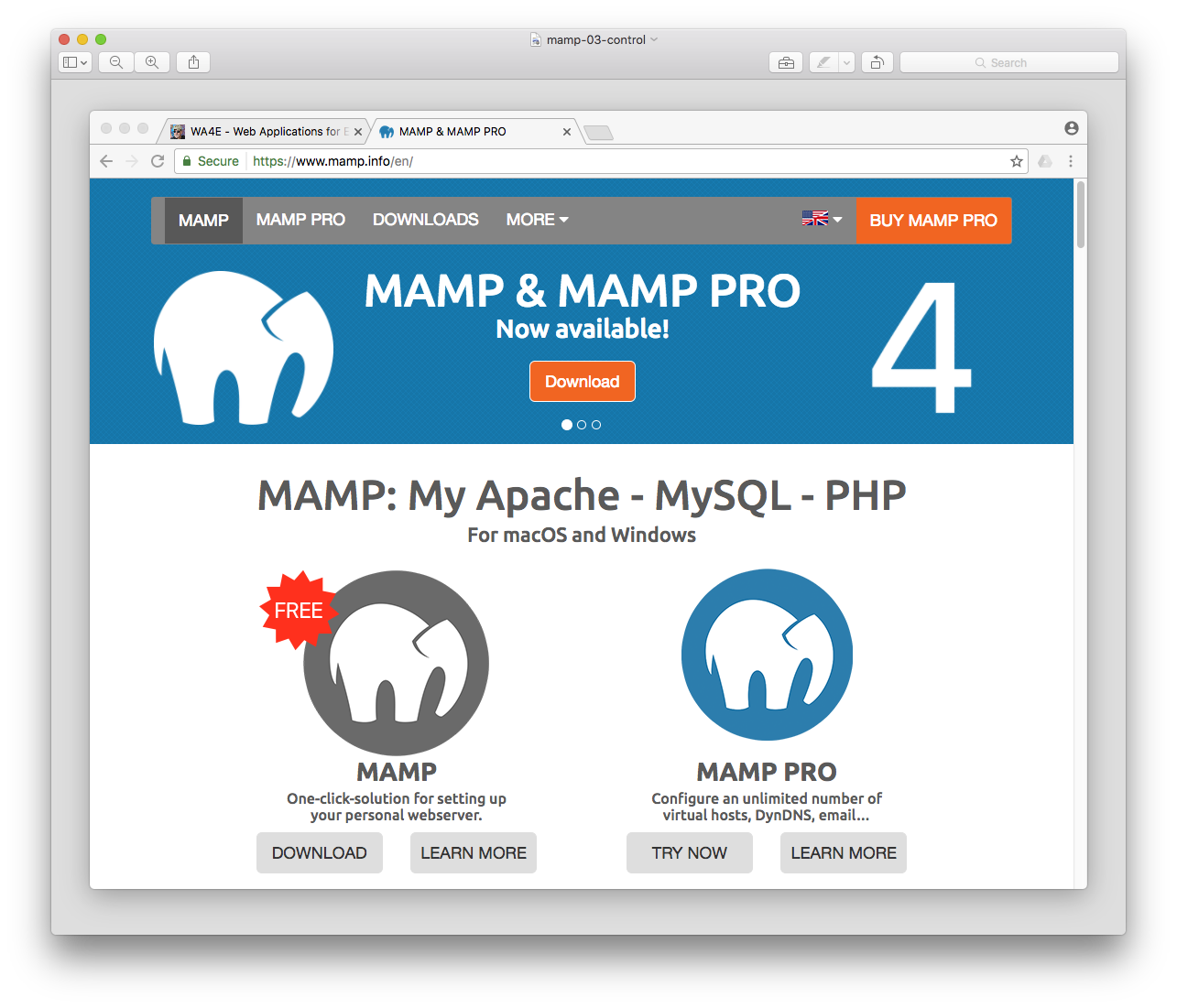
MAMP, short for Macintosh, Apache, MySQL, PHP, is a popular local server environment for macOS. It allows developers to set up a local web server quickly, making it an ideal choice for testing and development. MAMP offers a wide range of PHP versions, ensuring compatibility with various web applications and frameworks.
The latest version of MAMP typically includes multiple PHP versions, such as PHP 8.1, PHP 8.0, and PHP 7.4. These versions offer different features and performance characteristics, catering to diverse project requirements. For instance, PHP 8.1 introduces new features like union types and match expression, enhancing code flexibility and readability.
Understanding the specific PHP version requirements of your project is crucial. Some legacy applications may only support older PHP versions, while modern frameworks often demand the latest features of the newest PHP releases. Thus, being able to switch PHP versions in MAMP is a vital skill for any web developer.
Step-by-Step Guide to Switching PHP Versions in MAMP
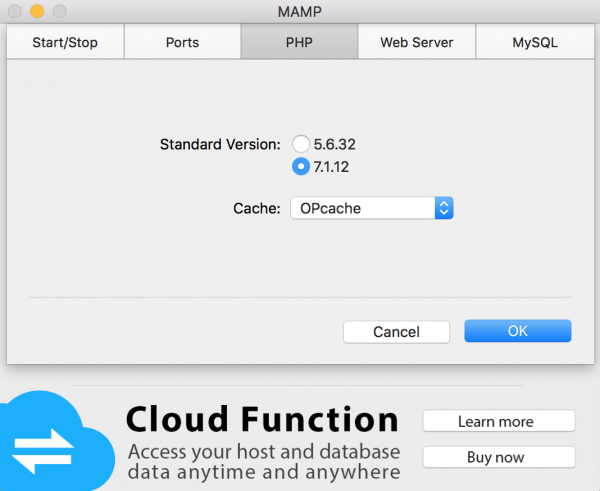
Follow these steps to seamlessly switch between PHP versions in your MAMP environment:
Step 1: Open MAMP
Launch MAMP on your macOS system. You can find the MAMP application in your Applications folder or via Spotlight search.
Step 2: Access PHP Settings
In the MAMP interface, navigate to the Preferences menu. From there, select the PHP tab. This tab will display the currently active PHP version and allow you to manage different PHP versions.
Step 3: Choose Your PHP Version
Under the PHP tab, you’ll find a dropdown menu labeled PHP version. This menu lists all the PHP versions available in your MAMP installation. Simply select the desired PHP version from this menu. MAMP will then switch to the selected PHP version, ensuring your local projects run on the chosen PHP environment.
For instance, if you're working on a legacy application that requires PHP 7.4, select PHP 7.4 from the dropdown menu. Conversely, for a modern application that leverages the latest PHP features, choose PHP 8.1.
Step 4: Restart MAMP
After selecting your desired PHP version, click the Apply button to save your changes. MAMP will prompt you to restart the servers to apply the new PHP version. Click the Restart button to confirm.
Once MAMP restarts, it will use the selected PHP version for all your local projects. You can verify the active PHP version by checking the PHP Info page in your MAMP web server. This page provides detailed information about the active PHP version, including its configuration and installed modules.
Best Practices for PHP Version Management in MAMP
To ensure smooth PHP version management in MAMP, consider the following best practices:
- Regularly Update MAMP: Keep MAMP up-to-date to access the latest PHP versions and security patches. MAMP's developers regularly release updates to ensure compatibility with the newest PHP releases.
- Use Virtual Hosts: If you work on multiple projects with different PHP version requirements, consider setting up virtual hosts in MAMP. This allows you to run each project on its own PHP version, ensuring compatibility and avoiding conflicts.
- Backup Your Projects: Before switching PHP versions, back up your local projects. While MAMP is generally reliable, unexpected issues can arise when switching between PHP versions. Having backups ensures you can quickly restore your projects if needed.
Advanced PHP Version Management Techniques in MAMP
For advanced users and developers working on complex projects, MAMP offers more advanced PHP version management techniques. These techniques allow for fine-grained control over PHP versions, catering to specific project needs.
Using PHP Switcher
MAMP includes a tool called PHP Switcher, which allows you to manage PHP versions more granularly. With PHP Switcher, you can:
- Switch Between Multiple PHP Versions: PHP Switcher provides a graphical interface for managing PHP versions. You can easily switch between different PHP versions for your projects, ensuring compatibility with diverse requirements.
- Set Default PHP Versions: PHP Switcher allows you to set default PHP versions for your projects. This ensures that when you create a new project, it automatically uses the desired PHP version, saving time and effort.
- Create Custom PHP Environments: Advanced users can create custom PHP environments using PHP Switcher. This involves setting up specific PHP versions with custom configurations, catering to unique project needs.
Manual PHP Version Switching
For those who prefer a more hands-on approach, MAMP also allows for manual PHP version switching. This involves directly editing MAMP’s configuration files to set the desired PHP version. While this method requires more technical expertise, it offers complete control over PHP version management.
To manually switch PHP versions in MAMP, follow these steps:
- Locate MAMP's Configuration File: The MAMP configuration file is typically located in /Applications/MAMP/conf/apache/httpd.conf.
- Open the Configuration File: Use a text editor to open the httpd.conf file. Ensure you have the necessary permissions to edit this file.
- Find the PHP Version Setting: Search for the line containing LoadModule php7_module. This line specifies the active PHP version. Replace php7_module with the desired PHP version, such as LoadModule php8_module for PHP 8.
- Save and Restart MAMP: Save your changes to the httpd.conf file. Then, restart MAMP to apply the new PHP version. Your local projects will now run on the manually selected PHP version.
Conclusion
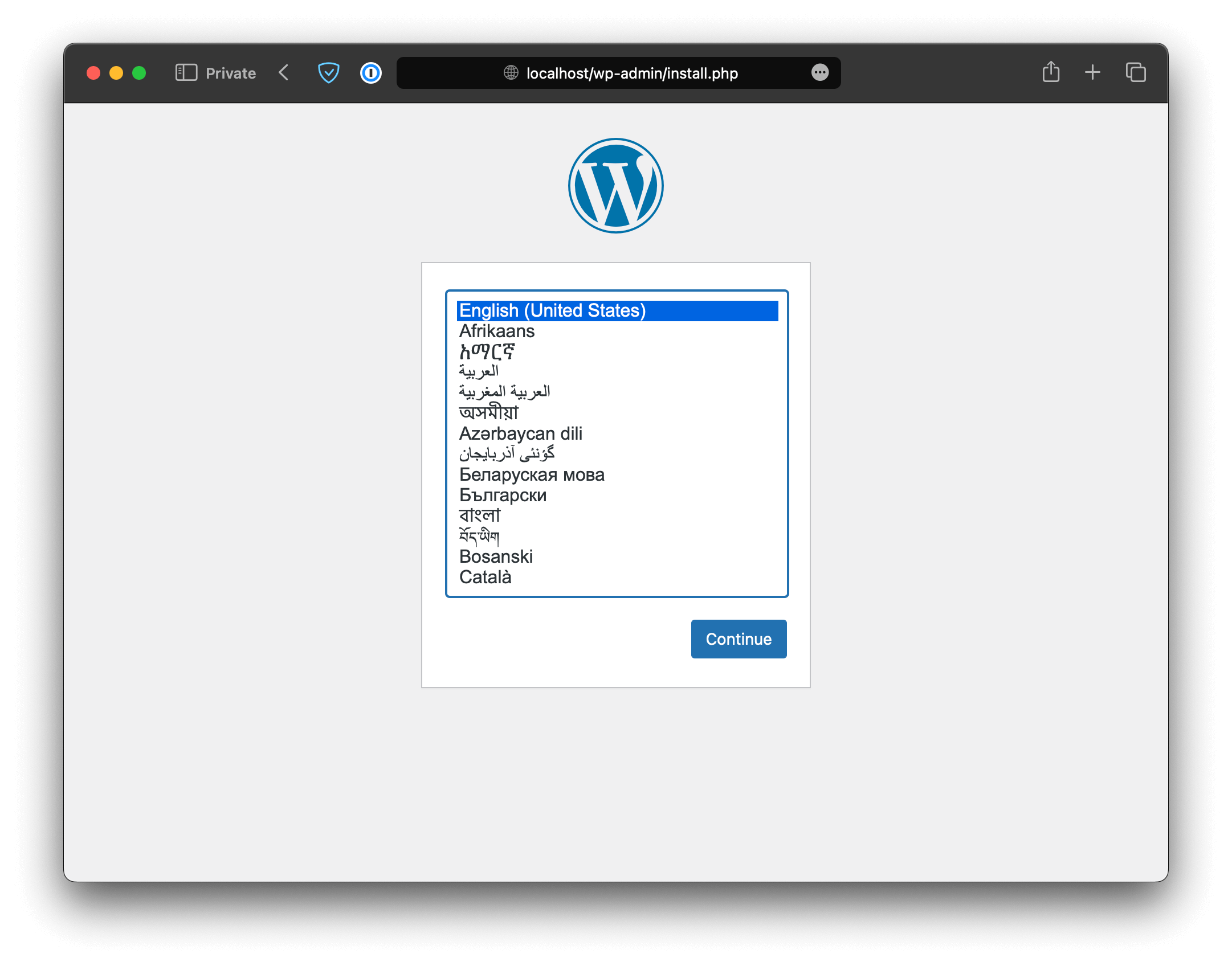
Switching PHP versions in MAMP is a straightforward process, ensuring you can work with the desired PHP environment for your projects. By following the step-by-step guide and best practices outlined in this article, you can effectively manage PHP versions in your MAMP development environment.
For advanced users, MAMP offers more sophisticated PHP version management techniques, such as PHP Switcher and manual configuration editing. These methods provide fine-grained control over PHP versions, catering to the diverse needs of complex projects.
Whether you're working on legacy applications or modern web frameworks, MAMP's PHP version management capabilities ensure you have the flexibility to choose the right PHP version for your development needs.
How often should I update MAMP to access the latest PHP versions?
+It’s recommended to update MAMP regularly to ensure access to the latest PHP versions and security patches. MAMP’s developers release updates to support new PHP releases and address potential issues. By keeping MAMP up-to-date, you can take advantage of the newest PHP features and improvements.
Can I use different PHP versions for different projects in MAMP?
+Absolutely! MAMP allows you to set up virtual hosts, enabling you to run each project on its own PHP version. This ensures compatibility and avoids conflicts between projects with different PHP requirements. Virtual hosts provide a convenient way to manage PHP versions for multiple projects.
What are the benefits of using PHP Switcher in MAMP?
+PHP Switcher offers a graphical interface for managing PHP versions, making it easier to switch between different PHP environments. It allows you to set default PHP versions for projects and create custom PHP configurations. PHP Switcher provides a user-friendly way to manage PHP versions, especially for those working on diverse projects with varying PHP requirements.
